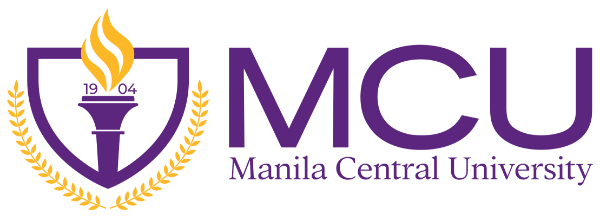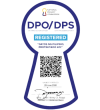The Tale of Passion and Partnership
Manila Central University takes pride in its long and rich history of Academic Excellence through the legacy of its founders, Filemon Tanchoco and Purificacion Gallego, who were both education pioneers that gave flesh to a vision through professionalism and camaraderie. Believing that values-based education offered salvation from poverty, Filemon Dionisio Tanchoco dedicated his life to making that vision a reality for many young Filipinos and for the nation he loves.
Manila Central University
A Century of Heritage
1903
A private review class for pharmacy students was institutionalized as the Escuela de Farmacia del Liceo de Manila, the first school of Pharmacy run by Filipinos, in 1904 with Dr. Alejandro Albert as Founder and Director. Classes were conducted in the building later occupied by Avenue Theater in Rizal Avenue, Manila. Dr. Albert held the school directorship until 1908.
1904
The success of the review resulted in more students wanting to join the sessions and this brought about the establishment of Escuela de Farmacia del Liceo de Manila, the first private institution operated by Filipinos in the country. It was located in Rizal Avenue in Manila. Dr. Alejandro Albert as Founder and Director until 1908.
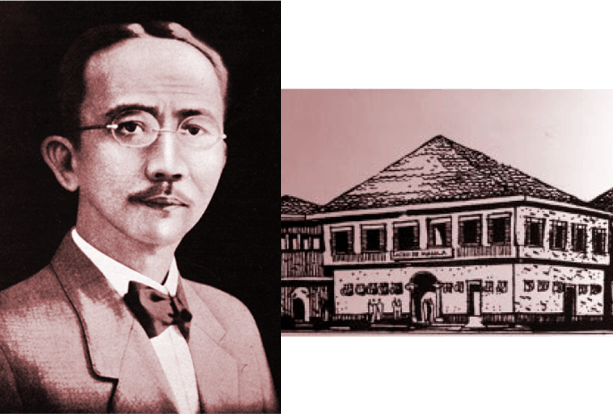
1910
Atty. Filemon D. Tanchoco was invited to join the institution as teacher and administrator.
1917
The school was authorized to confer post-graduate and doctoral degrees in Pharmacy. Dr. Albert became the school Director anew.
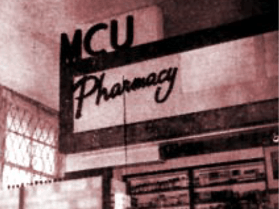
1920
Philippine Pharmaceutical Association was established.

1926
an increasing enrollment led to the purchase of a lot and construction of a new building at Mayhaligue and Felix Huertas in Manila.

1936
The College started developing competencies in mineral analysis with the creation of the mineral assaying department.
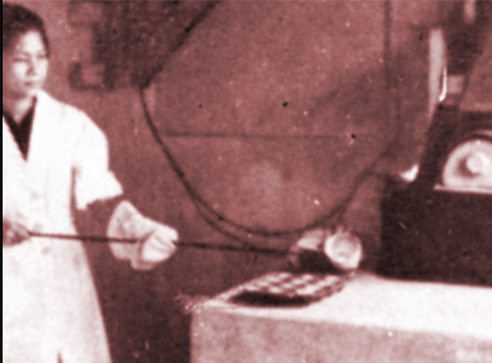
1940
High school classes started at the three- story building in Mayhaligue.
1945
Mustering their savings and energy, he and his wife, Mrs. Purificacion Gallego-Tanchoco, reopen the school with a new wing — the College of Liberal Arts, With Dr. Alfredo Guerrero as Dean, it was renamed the Manila College of Pharmacy and Liberal Arts
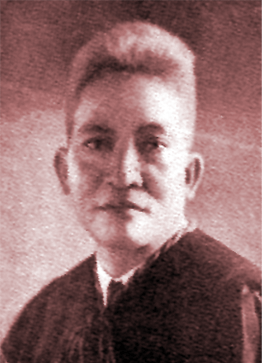
1947
The College of Medicine opened.
The College of Nursing opened after the Bureau of Private Schools grants MCC the permit to operate the first year of a four-year course
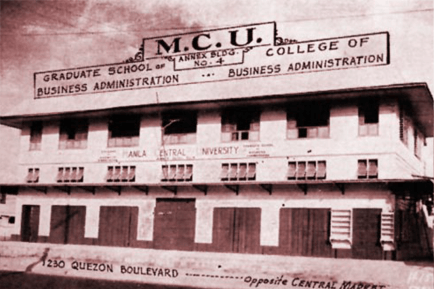
The Graduate School in Business Administration was also established. It offered the degrees of Master in Business Administration and Master in Public Administration.
Mrs. Tanchoco led the construction of the MCU Hospital and acquisition of advanced equipment.
1949
MCU inaugurated its nearly 10-hectare campus in Caloocan. Expansion and development projects for the colleges continued to meet the educational demands of the time. MCU Hospital, Nurses’ Home, gymnasium and auditorium were constructed there as well.

1953
The Graduate Pharmacy building was built. It houses the Industrial Pharmacy and Research Laboratory, the only one of its kind in the Far East.
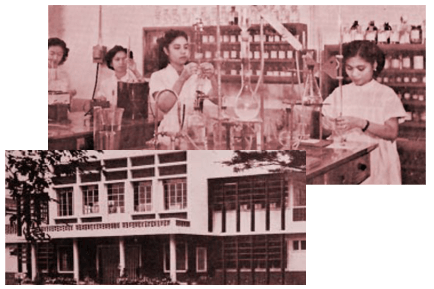
1955
The School of Midwifery was established.
1960
Medical Technology, Midwifery, Kindergarten, and Grade and High School levels were opened.
1964
Purificacion Gallego-Tanchoco became MCU’s second president.
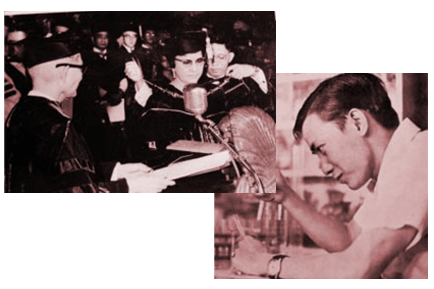
1970
Dr. Filemon G. Tanchoco Jr., MCU Executive Vice President and Comptroller, organized the Project Lingap sa Nayon (LINA) of the World University Service, Philippines. This MCU project became a model for the government’s Youth Civic Action Program (YCAP).
1974
The Out-patient Department and Emergency, medical auditorium, and an audiovisual room were added to the hospital.
1984
The MCU Medical Alumni Foundation USA was organized.
1986
The Formal Committee on Research was created to coordinate all scientific researches of the College of Medicine and to publish the College’s Philippine Scientific Journal.
1993
A Research Unit was organized in the College of Medicine.
1996
All the colleges, departments and facilities moved to the Caloocan campus.
2004
Marked the centennial anniversary of MCU. It celebrated the “100 Years of Commitment to the Filipino Through Excellence in Education.”
2012
The university’s Internet Laboratory was centralized at the LRC.
2017
The MCU Board of Trustees led by Chairperson, Mrs. Luningning T. Estanislao, approved the revisions as recommended by MCU President, Dr. Aristotle T. Malabanan.
1908
The Escuela had produced its first batch of graduates—among them Filomena Francisco- Guerrero and Matilde Arquiza-Arroyo, the first Filipino women pharmacists. Dr. Leon Ma. Guerrero, renowned bontanist, became the school Director.
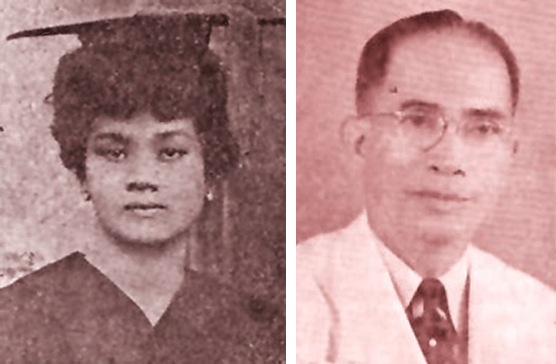
1915
Manila College of Pharmacy was born. As enrollment further increased, a new site was acquired and a building constructed at the corner of Oroquieta and Fugoso Streets in Zurbaran, Manila.
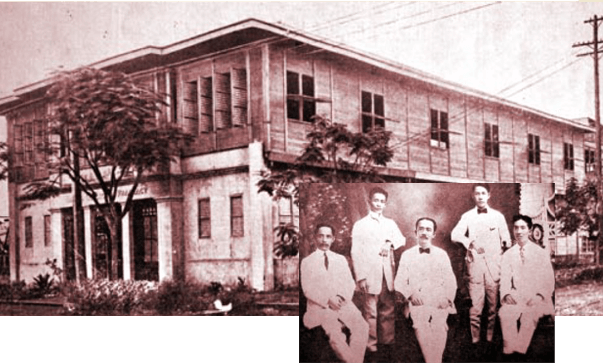
1918
The Pharmacy profession reached new heights with around 1,000 registered drugstores—boticas and farmacias—in the country. Many prominent pharmacists were graduates of the MCP.

1925
The chemistry, botany and pharmacology laboratories were enhanced with major shipments of equipment and chemicals.
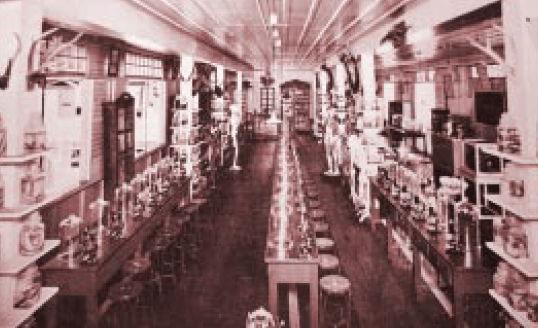
1929
The College of Dentistry was founded and the institution was named as Manila College of Pharmacy and Dentistry. Dr. Jose Francisco as first dean. It was the first step in the founders’ program of expansion and development of health science courses.
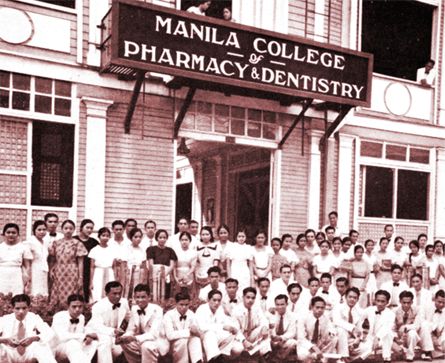
1938
The College offered secondary education through the Albert High School. It also started making laundry soap and later produces medicated soap.
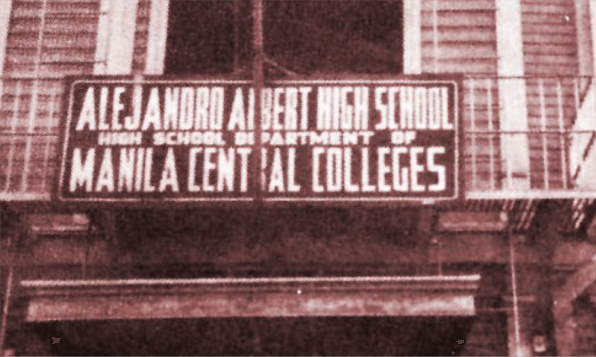
1941
The College operated remarkably until war shut it down. The school was ravaged during the Japanese occupation to a point where only the bare structure of its buildings remained.
1946
The school’s Board of Trustees reorganized. Atty. Tanchoco became the chairman and the school was renamed Manila Central Colleges. The school at that time offered Liberal Arts, Education, Commerce, Business Administration and Post Graduate courses in Pharmacy.
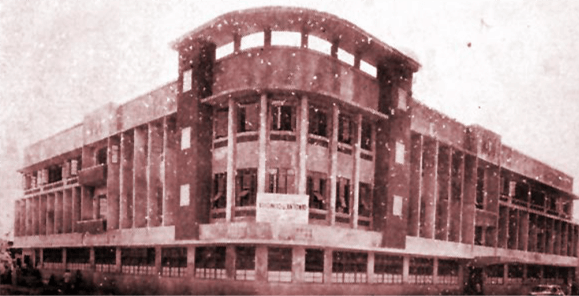
1948
With a diversity of courses, Manila Central Colleges was granted with a university status, thus becoming Manila Central University. Atty. Tanchoco became the first MCU President.
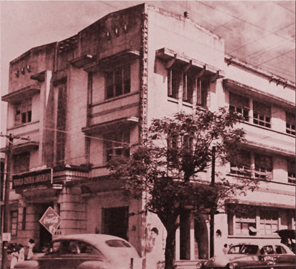
1951
The College of Nursing was authorized to offer the full four-year nursing course.
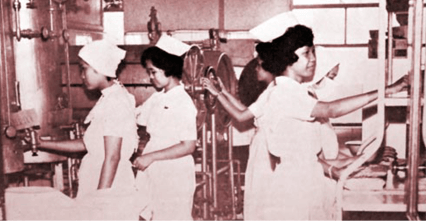
1954
MCU’s Industrial Pharmacy and Research Laboratory was featured on the cover and editorial of the July 1954 issue of the American Journal of Pharmacy as well as in the August 1954 issue of the Pharmacy International.
1959
The College of Optometry opened.
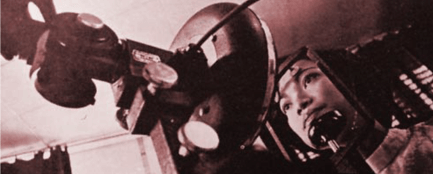
1963
Atty. Filemon Tanchoco passed away.
1966
The Graduate Education Division offered masteral studies in Education.
1971
The MCU Hospital and the College of Medicine were converted into the Filemon Dionisio Tanchoco Medical Foundation (FDTMF).
1977
Renato G. Tanchoco was tapped to take on the role of MCU Vice President and Treasurer.
1985
The MCU Bagong Silang Health Center started.
1992
The College of Medicine adopted a competency-based curriculum.
College of Physical Therapy began.
1994
Dr. Lualhati Tanchoco Gonzalez. continued her parents’ legacy and spearheaded MCU’s growth.
2003
The Department of Computer Studies was established.
MCU was granted a deregulated status by the Commission on Higher Education with the privilege to prescribe curricular programs to achieve global competence.
2009
Dr. Aristotle T. Malabanan was appointed as the fourth president of MCU and coincided with the institution’s 105th anniversary.
2015
A review of the MCU Vision, Mission, Institutional Philosophy and Values was conducted.
2018
The MCU Board of Trustees elected Mrs. Luningning T. Estanislao as President of MCU. She holds the positions of President and Chief Operating Officer of MCU concurrent with her position as Chairman of the Board and Chief Executive Officer.
The Ceaseless Quest for Relevance
Revisiting the MCU Vision in a New Century MCU probes its heritage for clues on how to plug gaps in Philippine education. Age-old truths resurface. Universities must not simply enable the acquisition of knowledge and skills—they must also build character, discipline and a higher sense of national purpose among the youth.

